Home>Furniture & Design>Interior Design Trends>How To Tell If A Gemstone Is Real Or Glass
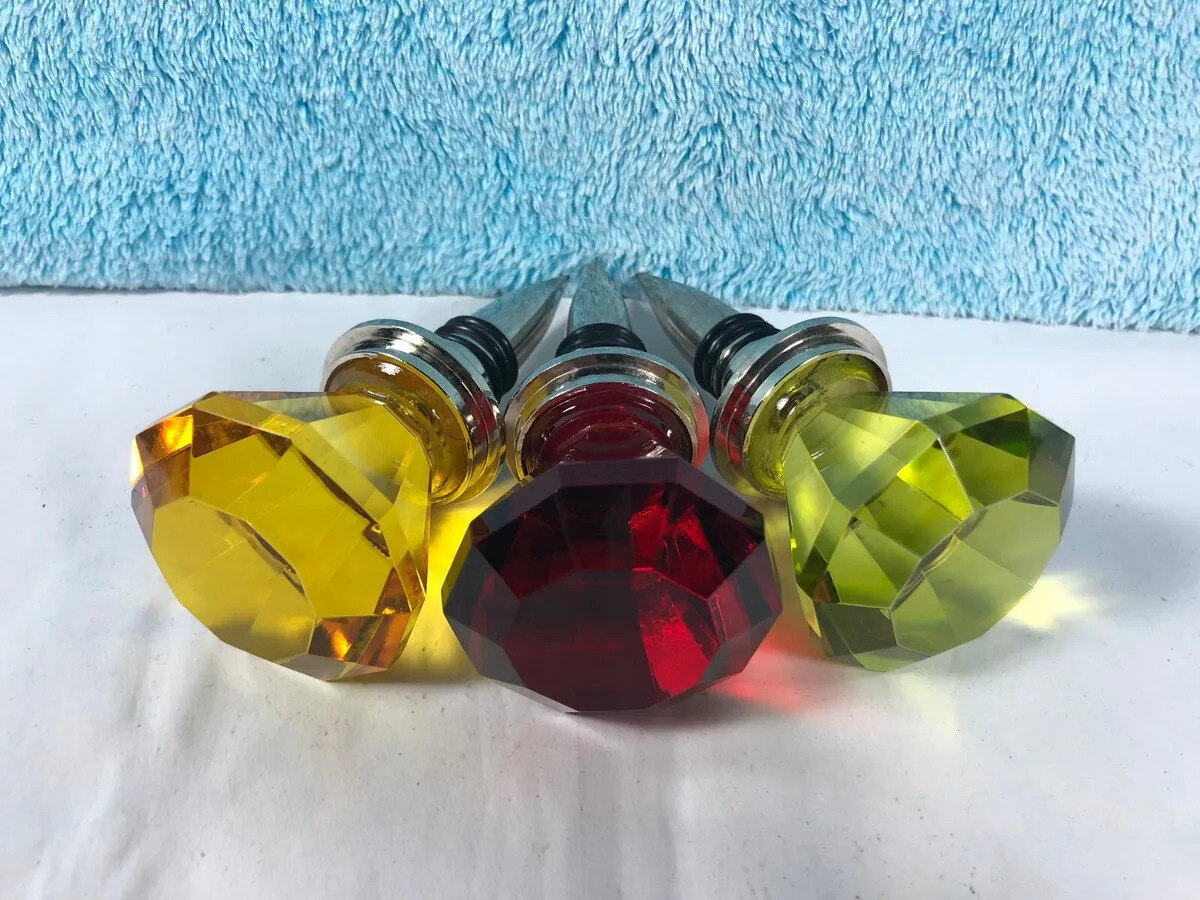

Interior Design Trends
How To Tell If A Gemstone Is Real Or Glass
Published: February 4, 2024
Learn how to distinguish between real gemstones and glass with our expert guide. Stay updated on the latest interior design trends. Discover more today!
(Many of the links in this article redirect to a specific reviewed product. Your purchase of these products through affiliate links helps to generate commission for Storables.com, at no extra cost. Learn more)
Introduction
Gemstones have captivated human fascination for centuries, revered for their exquisite beauty and perceived metaphysical properties. Whether adorning jewelry or displayed as precious ornaments, these natural wonders hold an allure that transcends time and culture. However, the market is flooded with imitations and synthetic replicas, making it crucial to discern the authenticity of gemstones. Understanding the key indicators of a genuine gemstone versus a glass imitation is essential for both enthusiasts and professionals in the jewelry industry.
Distinguishing between a real gemstone and a glass replica requires a keen eye and an understanding of the unique characteristics that define each. While the allure of gemstones lies in their radiant colors and dazzling brilliance, these visual traits can be deceiving when attempting to differentiate between authentic gemstones and their synthetic counterparts. Therefore, a comprehensive assessment encompassing various factors is necessary to ascertain the true nature of a gemstone.
In this guide, we will delve into the intricate world of gemstone authentication, exploring the methods and techniques used to discern the authenticity of these precious stones. From visual inspections to professional testing, we will unravel the nuances that set genuine gemstones apart from their glass counterparts. By gaining insight into these distinguishing features, you will be equipped with the knowledge to make informed decisions when acquiring or appraising gemstones.
Embark on this enlightening journey as we unravel the mysteries of gemstone authentication, empowering you to distinguish between the ethereal allure of genuine gemstones and the deceptive allure of glass imitations. Let us embark on this illuminating quest to uncover the secrets of the earth's most coveted treasures.
Key Takeaways:
- When determining if a gemstone is real or glass, look for natural imperfections like inclusions, variations in color, and unique surface textures. Genuine gemstones have a captivating luster and weight, while glass imitations appear uniform and lack depth.
- Professional testing, including spectroscopy and advanced imaging, provides a scientific approach to authenticate gemstones. These methods reveal crucial details about a gemstone’s composition, internal structure, and elemental composition, ensuring accurate determination of authenticity.
Read more: How To Tell Real Gemstones From Glass
Visual Inspection
Visual inspection serves as the initial step in discerning the authenticity of a gemstone, offering valuable insights into its inherent characteristics. When conducting a visual assessment, several key factors should be considered to differentiate between a genuine gemstone and a glass imitation.
Color and Hue
The color of a gemstone is a defining attribute that can provide significant clues regarding its authenticity. Genuine gemstones often exhibit subtle variations in color, showcasing natural imperfections and unique hues that are absent in synthetic counterparts. Natural gemstones may also display inclusions, which are internal imperfections that further authenticate their organic origin. In contrast, glass imitations tend to possess uniform and overly vibrant colors, lacking the nuanced tones and imperfections found in authentic gemstones.
Clarity and Transparency
The clarity and transparency of a gemstone are crucial indicators of its authenticity. Genuine gemstones typically exhibit varying degrees of clarity, ranging from flawless to visibly included. These natural imperfections, known as inclusions, are indicative of a gemstone's organic formation and can be observed under magnification. In contrast, glass imitations often lack the internal characteristics and imperfections found in authentic gemstones, appearing unnaturally clear and devoid of inclusions.
Luster and Brilliance
The luster and brilliance of a gemstone are key elements that contribute to its visual appeal and authenticity. Genuine gemstones possess a captivating luster that emanates from within, reflecting light in a distinctive manner that is difficult to replicate. This inherent radiance is a result of the gemstone's crystalline structure and organic composition. Glass imitations, on the other hand, may exhibit a superficial brilliance that appears uniform and lacks the depth and complexity found in genuine gemstones.
Read more: How To Tell If Milk Glass Is Real
Surface Texture and Wear
The surface texture and wear of a gemstone can offer valuable insights into its authenticity. Genuine gemstones often display natural wear and surface imperfections that are indicative of their organic formation and geological history. These subtle irregularities contribute to the gemstone's unique character and serve as a testament to its natural origin. In contrast, glass imitations may appear unnaturally smooth and lack the nuanced surface texture and wear found in authentic gemstones.
Overall Impression
The overall impression of a gemstone, encompassing its visual allure and inherent characteristics, plays a pivotal role in the authentication process. Genuine gemstones exude a sense of depth and complexity, captivating the observer with their organic beauty and timeless allure. Conversely, glass imitations may appear superficial and lack the captivating allure and nuanced characteristics found in authentic gemstones.
By meticulously examining these visual attributes, one can gain valuable insights into the authenticity of a gemstone, laying the foundation for further assessment and authentication methods. The visual inspection serves as an indispensable tool in the quest to distinguish between genuine gemstones and their glass imitations, offering a glimpse into the captivating world of these precious natural wonders.
Weight and Density
The weight and density of a gemstone are fundamental aspects that provide valuable insights into its authenticity. Genuine gemstones possess specific weight and density characteristics that are inherent to their natural composition, setting them apart from glass imitations. When evaluating the weight and density of a gemstone, several key considerations come into play, shedding light on its organic origin and unique properties.
Genuine gemstones, formed through natural geological processes, exhibit a distinct weight and density that is reflective of their mineral composition and crystalline structure. These inherent characteristics contribute to the gemstone's overall mass and density, imparting a tangible sense of substance and solidity. When held, a genuine gemstone conveys a reassuring weight that aligns with its density, evoking a sense of authenticity and natural origin.
In contrast, glass imitations often lack the substantial weight and density associated with genuine gemstones. Due to their synthetic nature, glass replicas may feel lighter and less substantial when compared to authentic gemstones. This disparity in weight and density serves as a crucial indicator when discerning between a real gemstone and a glass imitation, offering a tactile means of authentication.
Furthermore, the density of a gemstone, expressed as its mass per unit volume, provides additional clues regarding its authenticity. Genuine gemstones typically exhibit a specific density range that is characteristic of their mineral composition and geological formation. This inherent density, when compared to known standards and measurements, serves as a reliable benchmark for differentiating between authentic gemstones and glass imitations.
By carefully considering the weight and density of a gemstone, one can gain valuable insights into its organic origin and inherent properties. These tangible characteristics, when coupled with visual and optical assessments, form a comprehensive framework for authenticating gemstones. The weight and density of a gemstone serve as tangible manifestations of its natural composition, offering a tactile means of discerning between genuine gemstones and their synthetic counterparts.
In the quest to distinguish between authentic gemstones and glass imitations, the weight and density of a gemstone stand as steadfast indicators of its natural origin and inherent authenticity. Embracing these tangible characteristics empowers individuals to navigate the enchanting realm of gemstone authentication, unraveling the mysteries of the earth's most coveted treasures.
Refractivity
Refractivity, a fundamental property of gemstones, plays a pivotal role in the authentication process, offering valuable insights into their authenticity. Refractivity refers to the ability of a material to bend or refract light, a characteristic that is inherently linked to the optical properties of gemstones. When assessing the refractivity of a gemstone, several key factors come into play, shedding light on its unique optical behavior and inherent authenticity.
Genuine gemstones, formed through natural geological processes, exhibit a distinct refractive index that is indicative of their mineral composition and crystalline structure. This refractive index, often measured using specialized equipment, provides a numerical value that signifies the extent to which light is bent as it passes through the gemstone. This inherent optical behavior, when compared to established refractive index values for known gemstone types, serves as a reliable benchmark for differentiating between authentic gemstones and glass imitations.
In contrast, glass imitations often possess a refractive index that deviates from the established parameters of genuine gemstones. Due to their synthetic nature, glass replicas may exhibit optical properties that differ from those of authentic gemstones, manifesting as an unnatural bending of light or an atypical refractive index. This disparity in refractivity serves as a crucial indicator when discerning between a real gemstone and a glass imitation, offering a quantitative means of authentication.
Furthermore, the refractive behavior of a gemstone, when observed under controlled lighting conditions, can unveil mesmerizing optical phenomena such as dispersion and birefringence. These captivating optical effects, inherent to many genuine gemstones, further authenticate their natural origin and unique optical properties. When viewed through a gemological refractometer or under polarized light, these optical phenomena provide compelling evidence of a gemstone's authenticity, captivating the observer with their ethereal beauty and natural allure.
By meticulously evaluating the refractivity of a gemstone, one can gain valuable insights into its optical behavior and inherent authenticity. This quantitative assessment, when coupled with visual and tactile examinations, forms a comprehensive framework for authenticating gemstones. The refractivity of a gemstone serves as a tangible manifestation of its optical properties, offering a quantitative means of discerning between genuine gemstones and their synthetic counterparts.
In the quest to distinguish between authentic gemstones and glass imitations, the refractivity of a gemstone stands as a steadfast indicator of its natural origin and inherent authenticity. Embracing these optical characteristics empowers individuals to navigate the enchanting realm of gemstone authentication, unraveling the mysteries of the earth's most coveted treasures.
Read more: How To Tell If A Gem Is Real Or Glass
Conducting Heat
The ability of a gemstone to conduct heat serves as a compelling indicator of its authenticity, offering valuable insights into its inherent properties. When evaluating the heat conductivity of a gemstone, one delves into the fundamental thermal behavior that distinguishes genuine gemstones from their synthetic counterparts.
Genuine gemstones, forged through natural geological processes, exhibit varying degrees of heat conductivity that are intrinsic to their mineral composition and crystalline structure. This inherent thermal behavior, when assessed using specialized instruments such as a thermal conductivity meter, provides quantitative data that aligns with established benchmarks for known gemstone types. The measured heat conductivity serves as a reliable benchmark for differentiating between authentic gemstones and glass imitations, offering a quantitative means of authentication.
In contrast, glass imitations often possess a heat conductivity that deviates from the established parameters of genuine gemstones. Due to their synthetic nature, glass replicas may exhibit thermal properties that differ from those of authentic gemstones, manifesting as an atypical heat conductivity. This disparity in heat conductivity serves as a crucial indicator when discerning between a real gemstone and a glass imitation, providing tangible evidence of a gemstone's authenticity.
Furthermore, the heat conductivity of a gemstone, when compared to known standards and measurements, offers compelling evidence of its natural origin and inherent thermal properties. Genuine gemstones may display a range of heat conductivities, reflective of their mineral composition and geological formation, further solidifying their authenticity. This quantitative assessment, when coupled with visual and optical examinations, forms a comprehensive framework for authenticating gemstones.
By meticulously evaluating the heat conductivity of a gemstone, one gains valuable insights into its thermal behavior and inherent authenticity. This quantitative assessment serves as a tangible manifestation of a gemstone's natural properties, offering a quantitative means of discerning between genuine gemstones and their synthetic counterparts.
In the quest to distinguish between authentic gemstones and glass imitations, the heat conductivity of a gemstone stands as a steadfast indicator of its natural origin and inherent authenticity. Embracing these thermal characteristics empowers individuals to navigate the enchanting realm of gemstone authentication, unraveling the mysteries of the earth's most coveted treasures.
Conducting Electricity
The assessment of a gemstone's ability to conduct electricity serves as a compelling indicator of its authenticity, providing valuable insights into its inherent properties. When evaluating the electrical conductivity of a gemstone, one delves into the fundamental electrical behavior that distinguishes genuine gemstones from their synthetic counterparts.
Genuine gemstones, forged through natural geological processes, exhibit varying degrees of electrical conductivity that are intrinsic to their mineral composition and crystalline structure. This inherent electrical behavior, when assessed using specialized instruments, offers quantitative data that aligns with established benchmarks for known gemstone types. The measured electrical conductivity serves as a reliable benchmark for differentiating between authentic gemstones and glass imitations, providing tangible evidence of a gemstone's authenticity.
In contrast, glass imitations often possess an electrical conductivity that deviates from the established parameters of genuine gemstones. Due to their synthetic nature, glass replicas may exhibit electrical properties that differ from those of authentic gemstones, manifesting as atypical electrical conductivity. This disparity in electrical conductivity serves as a crucial indicator when discerning between a real gemstone and a glass imitation, offering a quantitative means of authentication.
Furthermore, the electrical conductivity of a gemstone, when compared to known standards and measurements, offers compelling evidence of its natural origin and inherent electrical properties. Genuine gemstones may display a range of electrical conductivities, reflective of their mineral composition and geological formation, further solidifying their authenticity. This quantitative assessment, when coupled with visual and optical examinations, forms a comprehensive framework for authenticating gemstones.
By meticulously evaluating the electrical conductivity of a gemstone, one gains valuable insights into its electrical behavior and inherent authenticity. This quantitative assessment serves as a tangible manifestation of a gemstone's natural properties, offering a quantitative means of discerning between genuine gemstones and their synthetic counterparts.
In the quest to distinguish between authentic gemstones and glass imitations, the electrical conductivity of a gemstone stands as a steadfast indicator of its natural origin and inherent authenticity. Embracing these electrical characteristics empowers individuals to navigate the enchanting realm of gemstone authentication, unraveling the mysteries of the earth's most coveted treasures.
One way to tell if a gemstone is real or glass is to look for imperfections or inclusions within the stone. Real gemstones often have natural flaws, while glass will typically be flawless.
Professional Testing
Professional testing serves as the definitive method for ascertaining the authenticity of gemstones, providing a comprehensive and scientific approach to gemstone authentication. Gemologists and experts in the field employ a range of advanced techniques and specialized equipment to conduct thorough assessments, ensuring the accurate determination of a gemstone's origin and properties.
One of the primary methods utilized in professional testing is spectroscopy, which involves the analysis of a gemstone's spectral characteristics to identify its unique fingerprint. Spectroscopic techniques, including UV-Vis-NIR (Ultraviolet-Visible-Near Infrared) and FTIR (Fourier Transform Infrared) spectroscopy, enable gemologists to examine the absorption and transmission of light through a gemstone, unveiling crucial details about its composition and potential treatments.
Furthermore, advanced imaging technologies such as microscopy and micro-photography play a pivotal role in professional testing, allowing for the detailed examination of a gemstone's internal structure and surface features. These high-resolution imaging techniques enable gemologists to identify natural inclusions, growth patterns, and any artificial enhancements or imitations that may be present, providing invaluable insights into a gemstone's authenticity.
In addition to spectroscopy and imaging, professional testing often involves the use of specialized instruments such as refractometers, polariscopes, and specific gravity testing equipment. These tools enable precise measurements of a gemstone's refractive index, birefringence, and density, offering quantitative data that aligns with established benchmarks for genuine gemstones.
Moreover, advanced gemological laboratories utilize elemental analysis techniques, such as X-ray fluorescence (XRF) and mass spectrometry, to determine the elemental composition of a gemstone. By analyzing the presence of specific trace elements and impurities, gemologists can discern the natural origin of a gemstone and identify any synthetic or treated materials.
The culmination of these professional testing methods, coupled with the expertise of trained gemologists, results in a comprehensive gemstone authentication process that leaves no stone unturned. The meticulous analysis of a gemstone's optical, physical, and chemical properties provides a holistic understanding of its authenticity, empowering individuals and industry professionals to make informed decisions regarding the acquisition and appraisal of gemstones.
In the realm of professional testing, the pursuit of gemstone authenticity is elevated to a scientific art form, where cutting-edge technologies and time-honored expertise converge to unravel the mysteries of the earth's most coveted treasures.
Frequently Asked Questions about How To Tell If A Gemstone Is Real Or Glass
Was this page helpful?
At Storables.com, we guarantee accurate and reliable information. Our content, validated by Expert Board Contributors, is crafted following stringent Editorial Policies. We're committed to providing you with well-researched, expert-backed insights for all your informational needs.
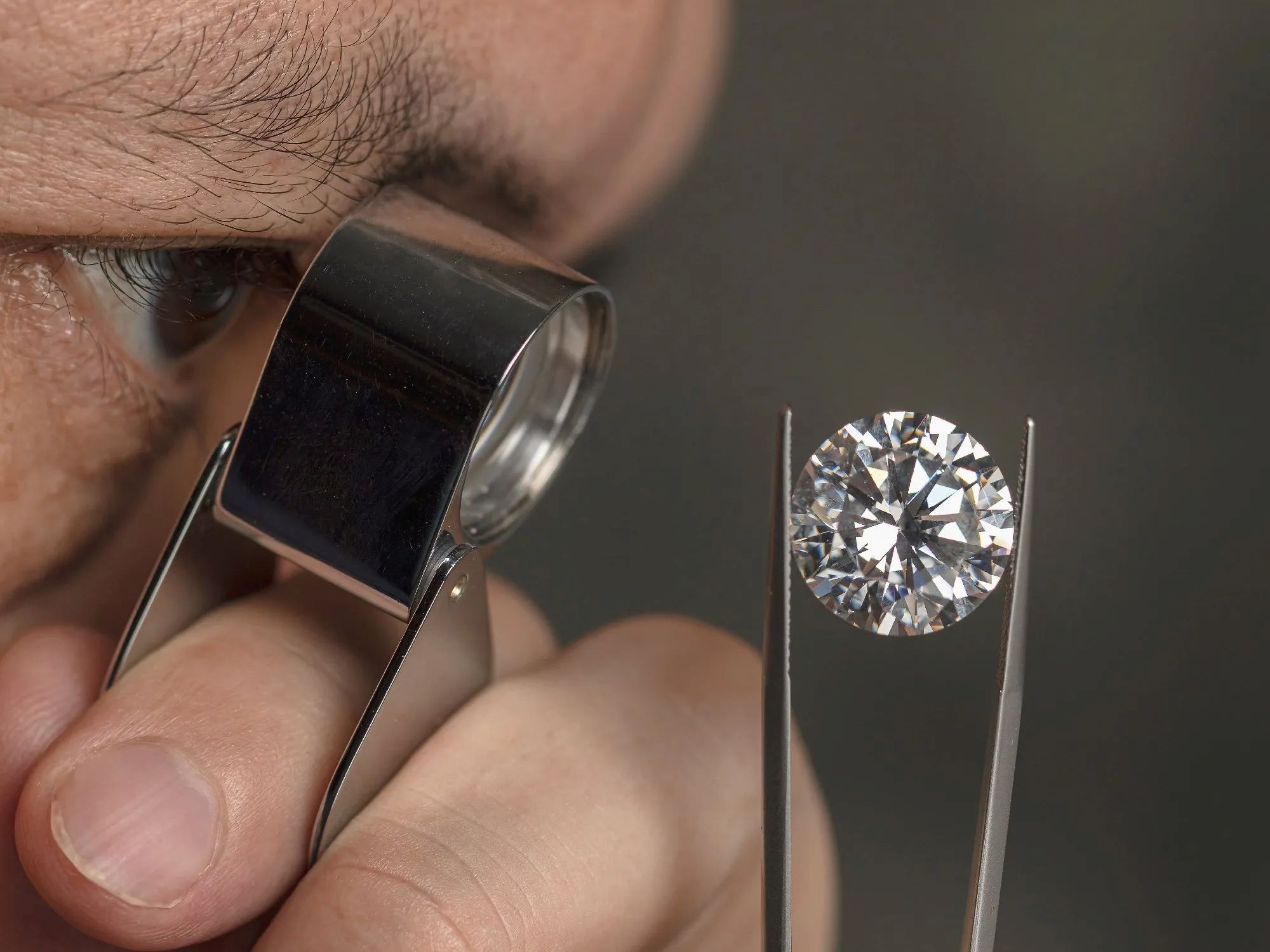
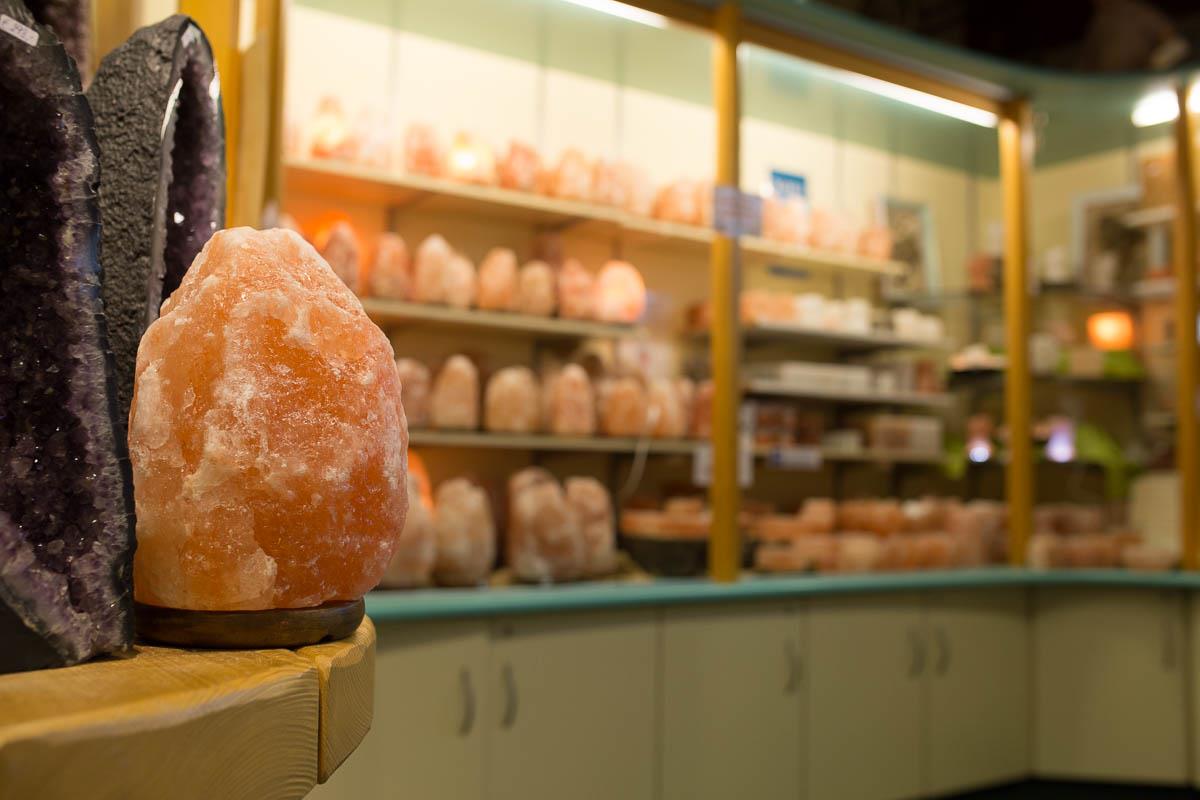

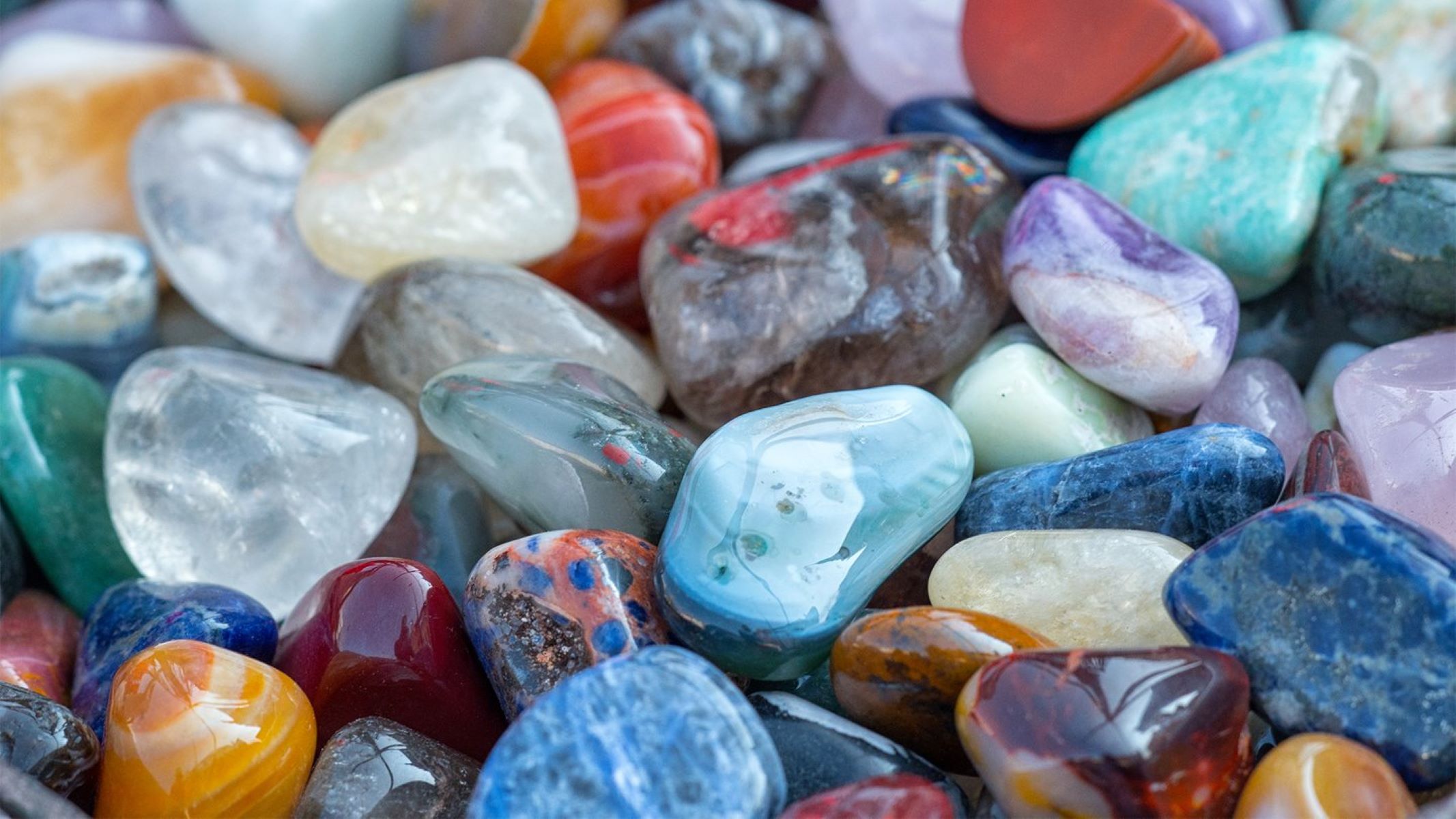
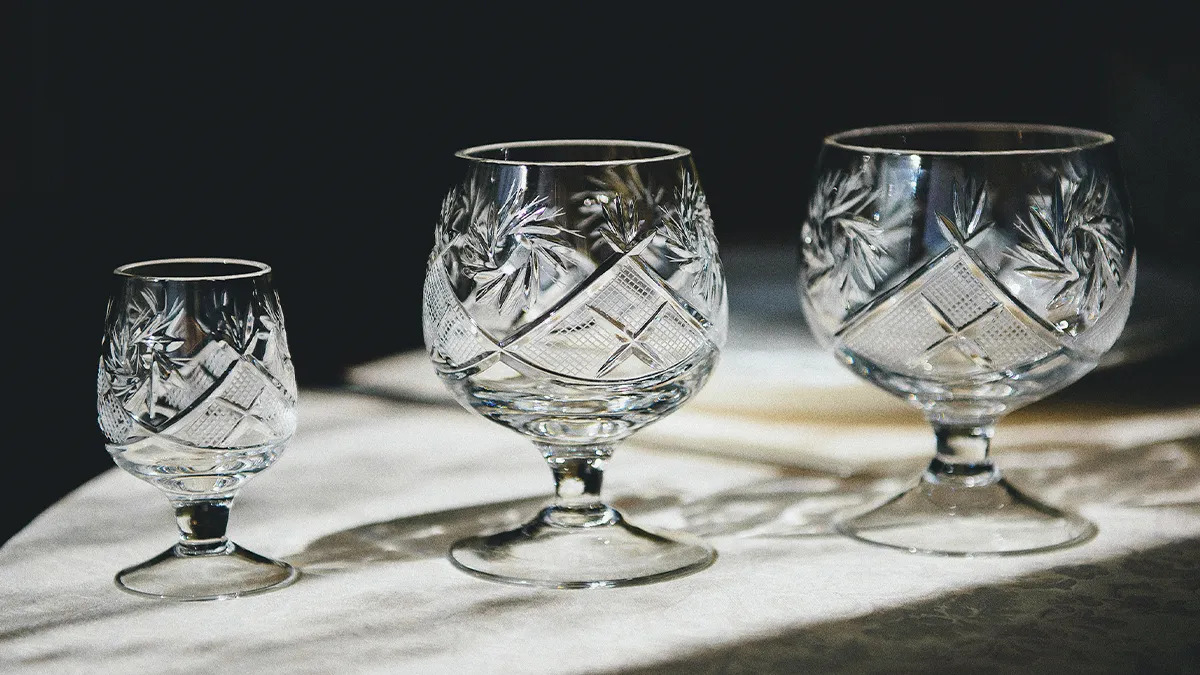

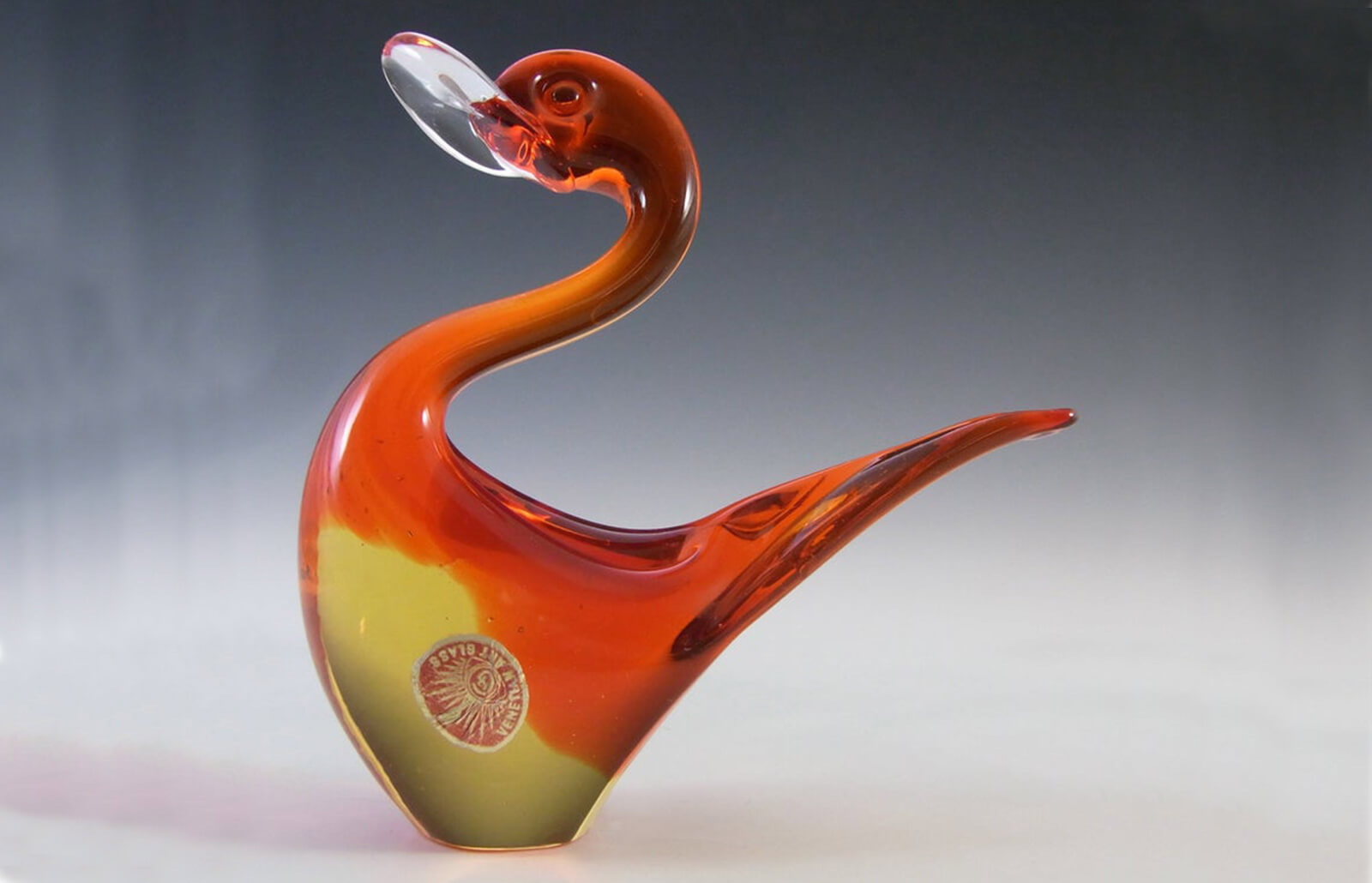

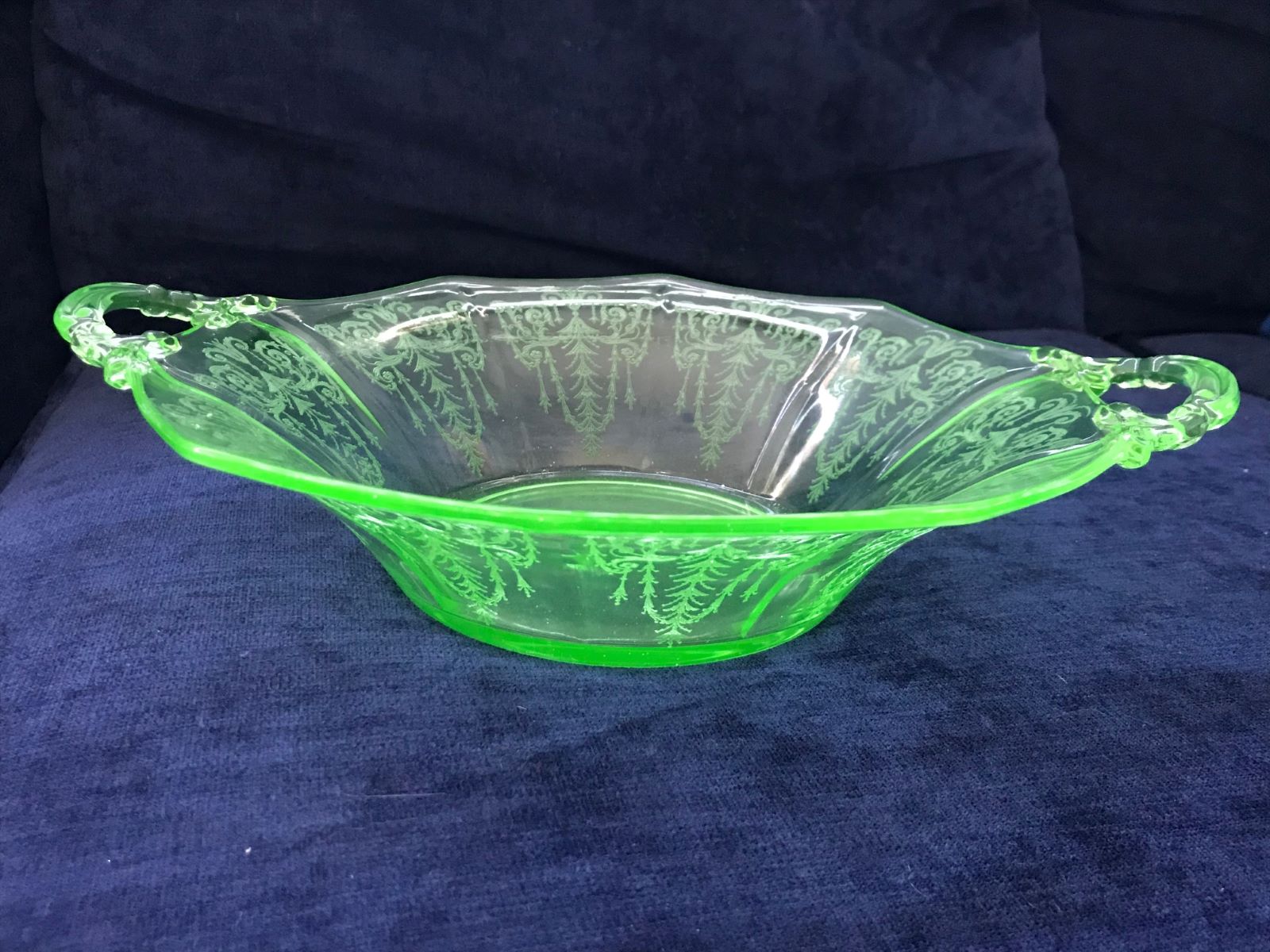

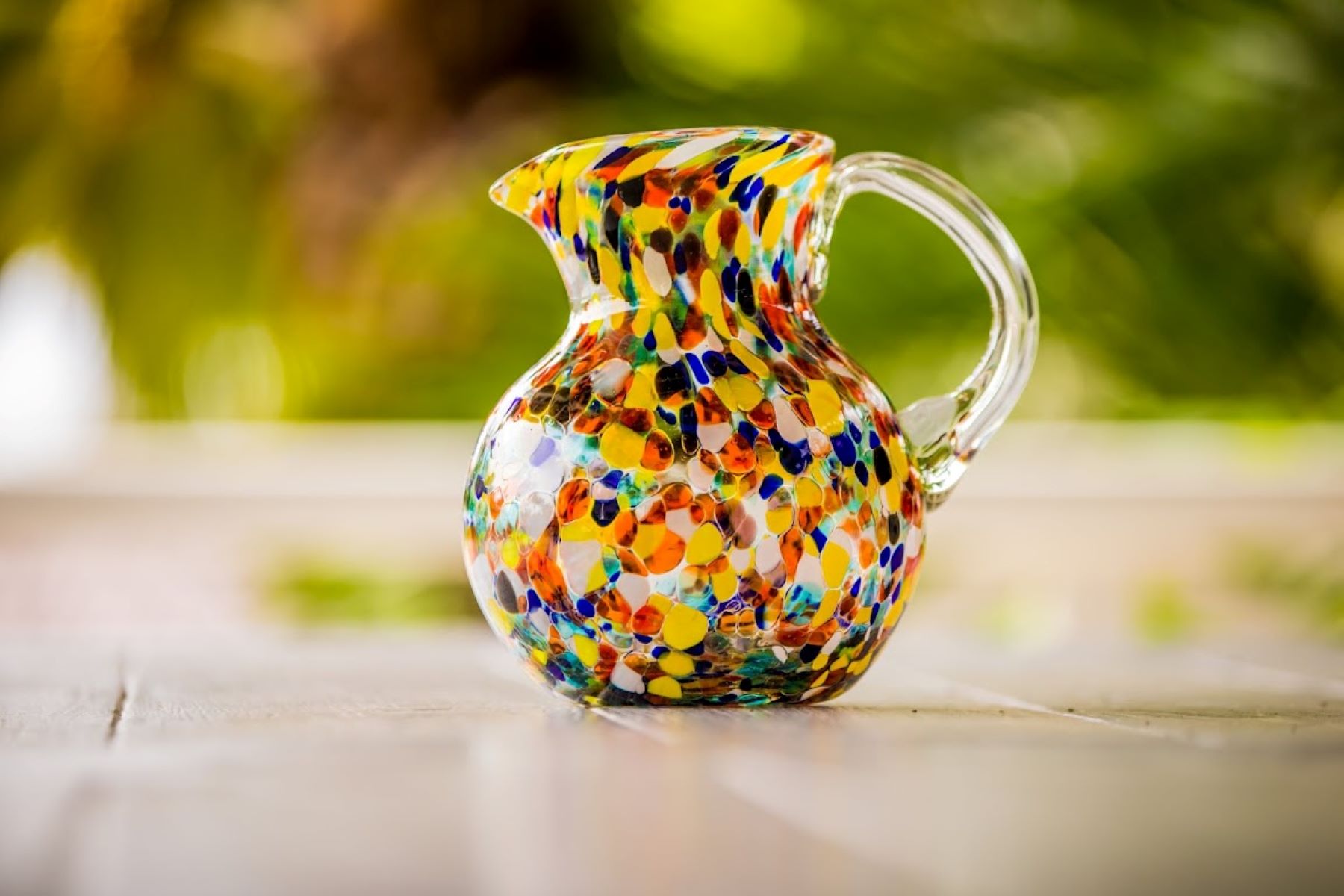
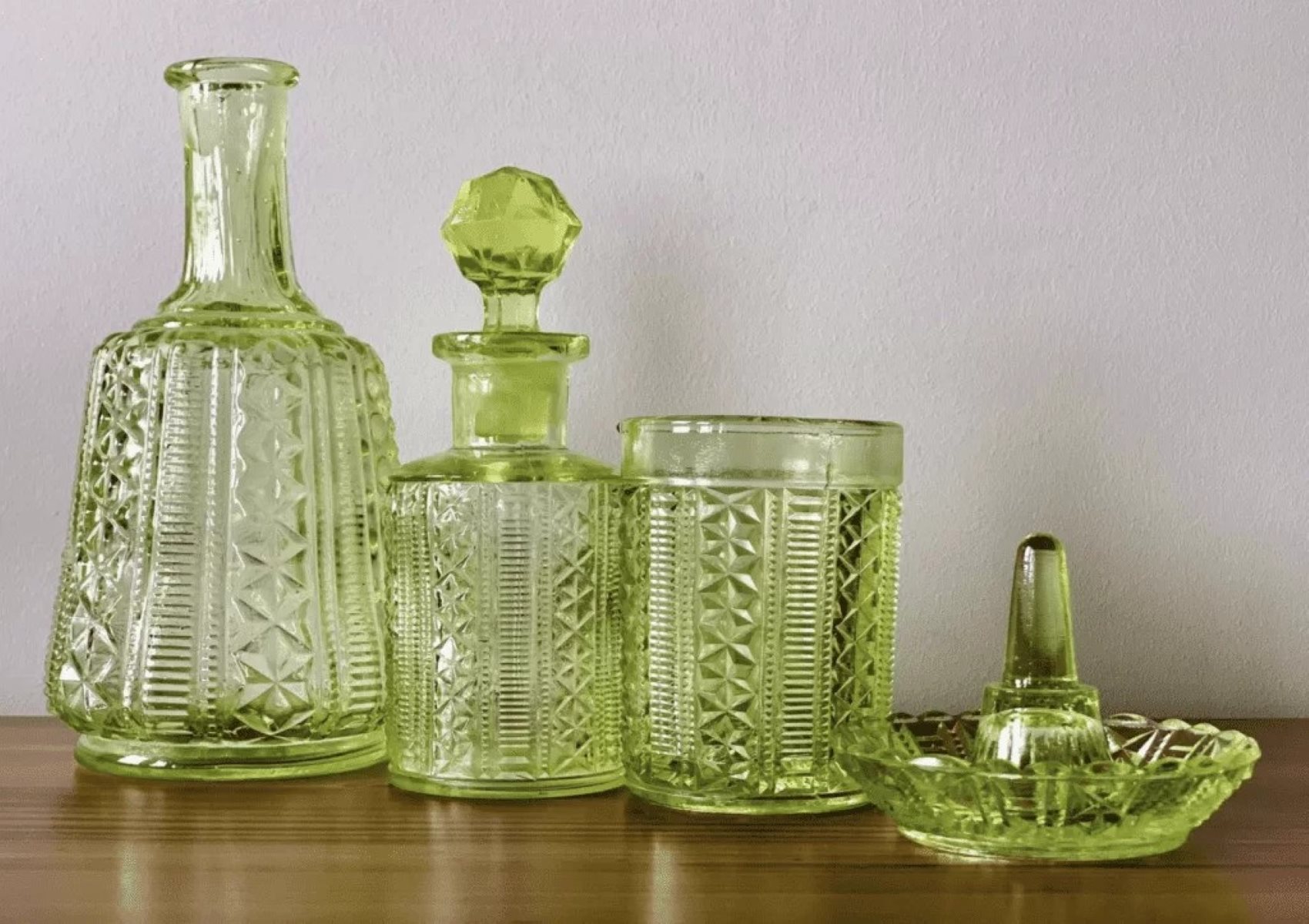


0 thoughts on “How To Tell If A Gemstone Is Real Or Glass”